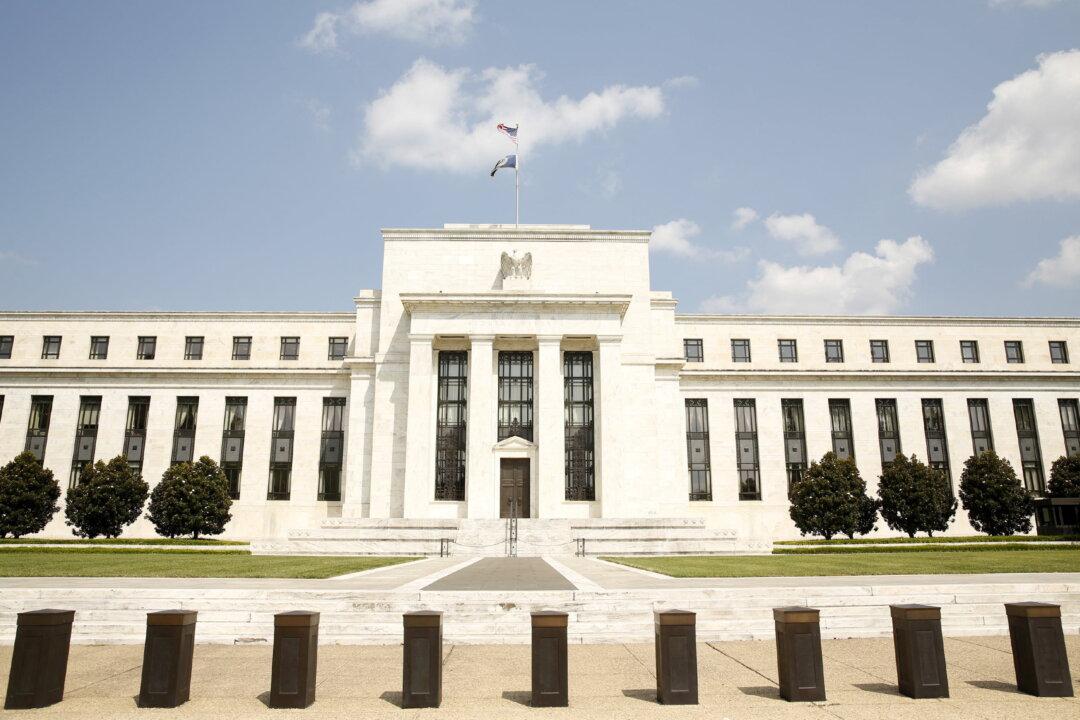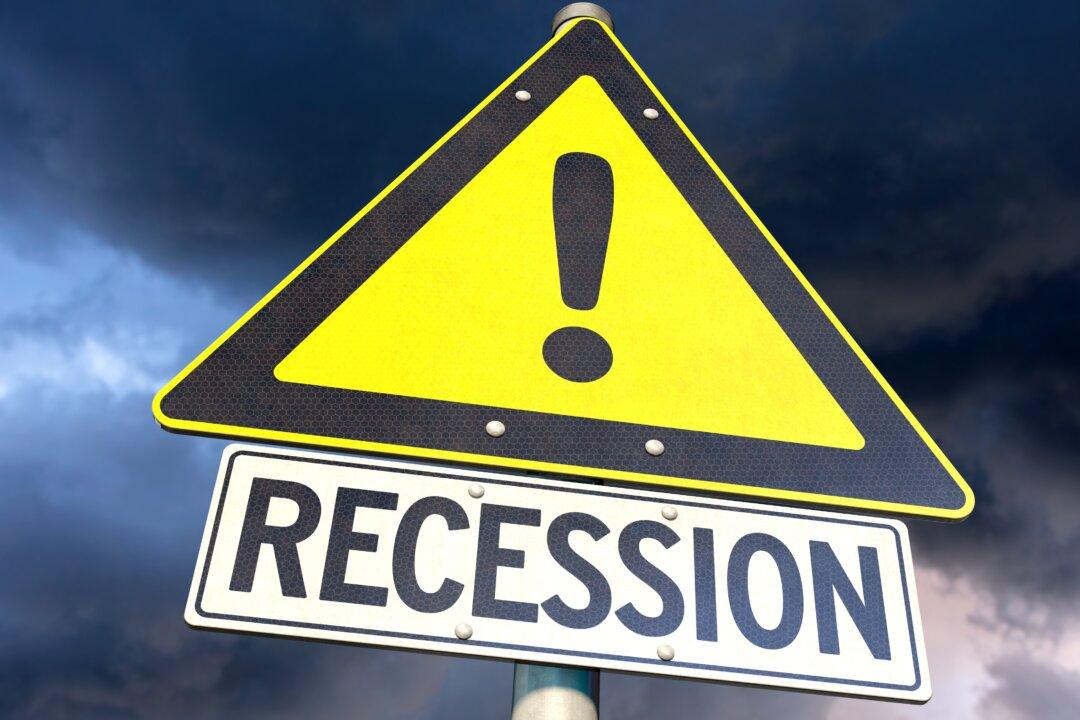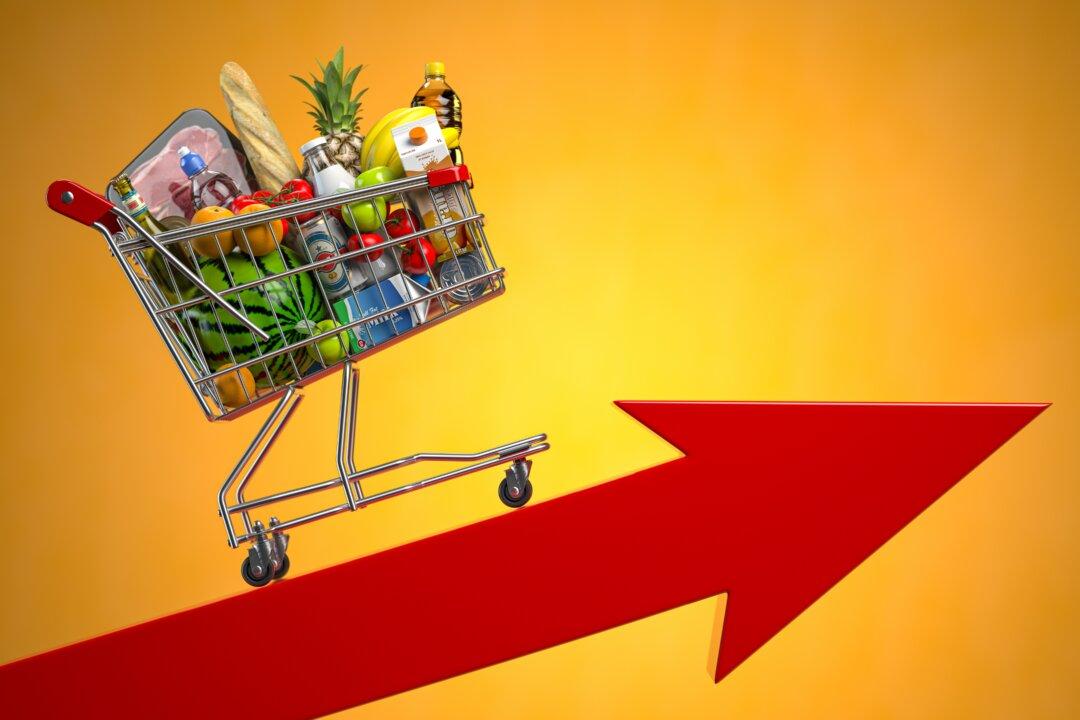Commentary
By now you’ve digested the June CPI report. It’s been all over the media, pulled apart and dissected for mainstream, rudimentary analysis. The headline above 9 percent (annual) for the first time in a very long time, being the highest again in more than forty years primarily due to the usual suspects food and energy (responsible for more than half of the increase).





